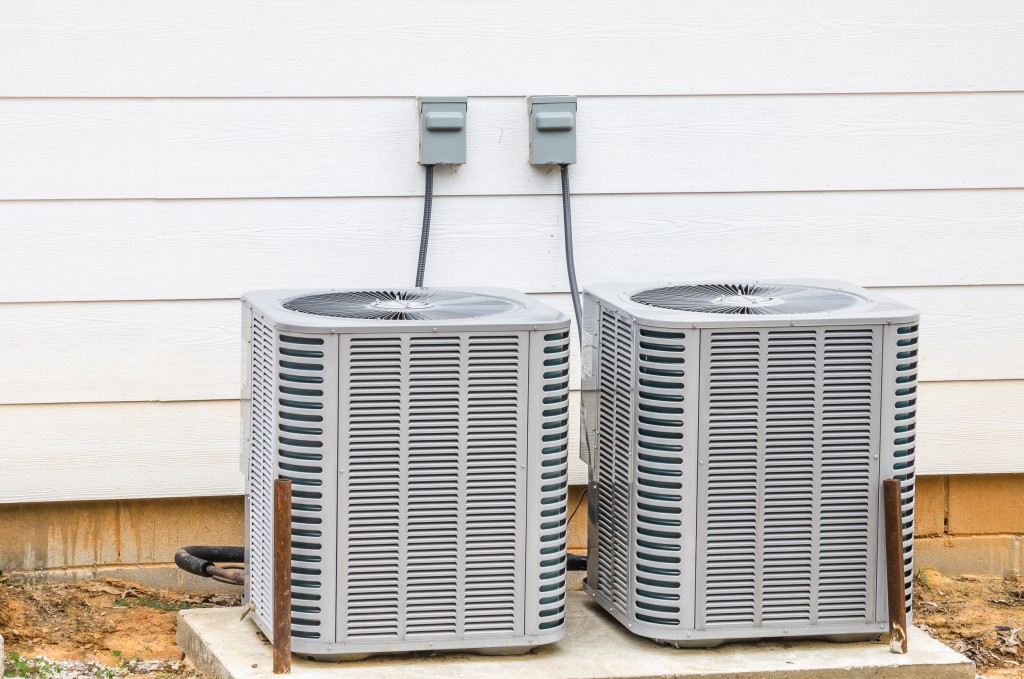If you have ever looked into building a structure, chances are HVAC systems were discussed. These installations are not the most glamorous part of construction, but they are definitely a much-needed feature. But what does an HVAC do exactly? And why should you have one?
HVAC Basics
HVAC stands for heating, ventilation, and air conditioning. These include any piece of equipment used to perform any of the previously stated functions in commercial, residential, or industrial structures. They can also help introduce fresh outdoor air to lessen indoor airborne contaminants. Those contaminants can be anything from semi-solid particles to allergens and odors.
In Utah and other places in the U.S., many contractors install HVAC systems to filter the air and provide necessary air flow to keep building occupants comfortable. Keeping the Indoor Air Quality (IAQ) high is also part of the contractor’s job.
When properly maintained, HVAC systems can provide clean and healthy air all year round. Depending on the size and location of the structure, you may need one or more specific HVAC systems.
Types of HVAC Systems
Most commonly used types are air conditioning units. These come in different types, including the split type and window types. The split-type has one unit indoors to provide cool air and one unit outside to release heat. The splittype is more popular among places that are looking for a noise-controlled unit since the lack of indoor heat explusion is quieter.
The window-type air conditioner is the more common type of cooling unit. It is a relatively boxy system that plugs into a window frame pre-prepared for this function. Most window types are louder as the cooling and condensing unit are together.
Among the two, split types have the highest in the energy efficiency rating (EER). Aside from this, manufacturers or distributors are required to take the seasonal energy efficiency rating (SEER). This rating goes from 10-20. The higher the level on the scale, the better it is.
However, it’s important to note that not all air conditioners do not provide heating. As such, another system like a gas or electric heating system is necessary for indoor structures.
Keeping it Warm

Heating units are typically in the form of radiator, electric heating units, or other gas systems. Heat pumps, for one, are a nifty addition that allows for certain HVAC systems to go from cooling to heating. A special valve allows this to be performed at any time of the year. In the winter, it can help retain indoor heat. In the summer, it can also help eliminate excess heat.
Another type of heating unit is the packaged terminal heat pump (PTHP). This is a self-contained unit that can similarly use both outdoor heat and self-produced warmth depending on the season. However, these systems are louder and need more maintenance.
When looking into which HVAC system you should consider, assess your needs and options. A professional can also guide you through the process. When equipped with the right heating and cooling system, your structure can enjoy comfortable and safe air.

